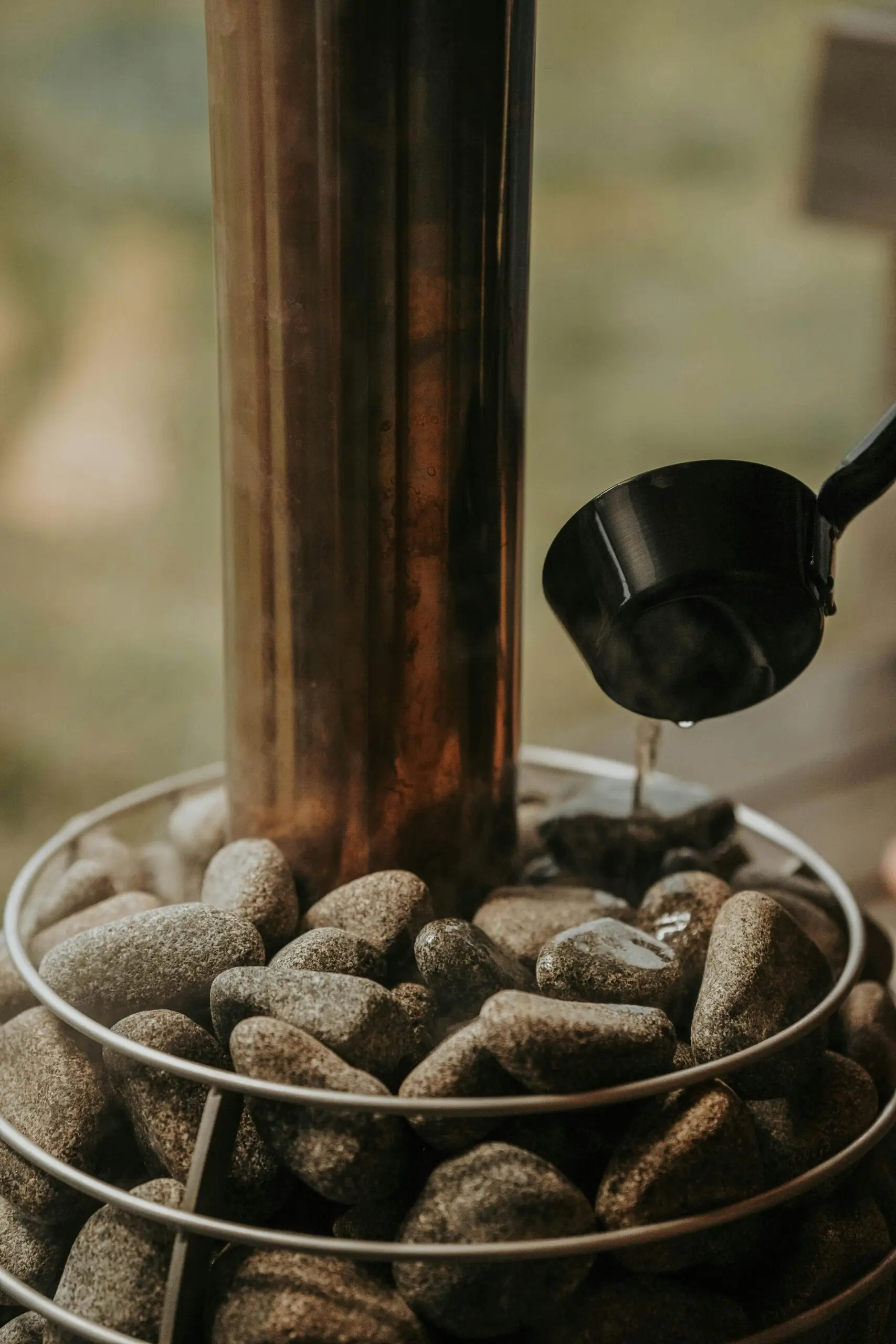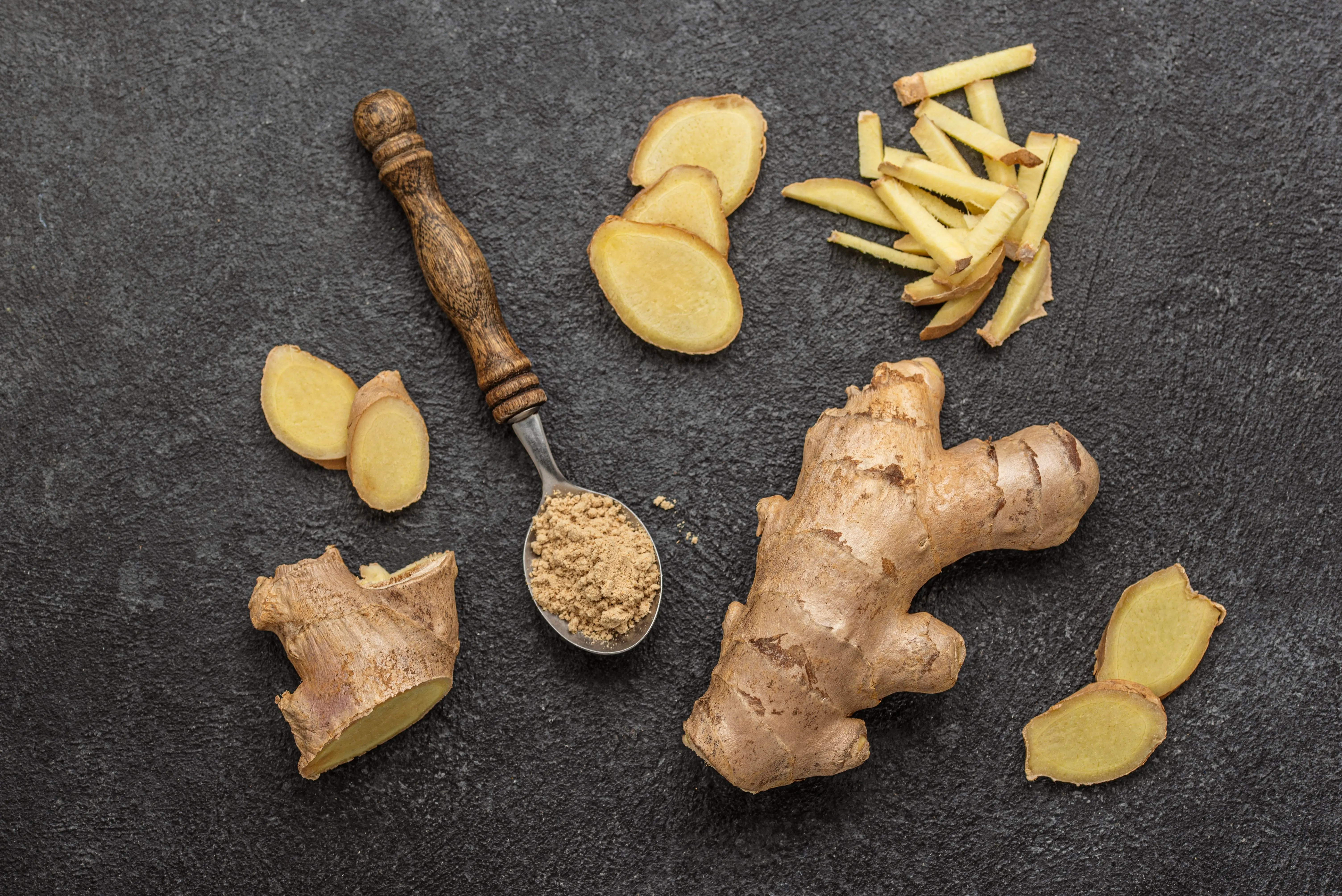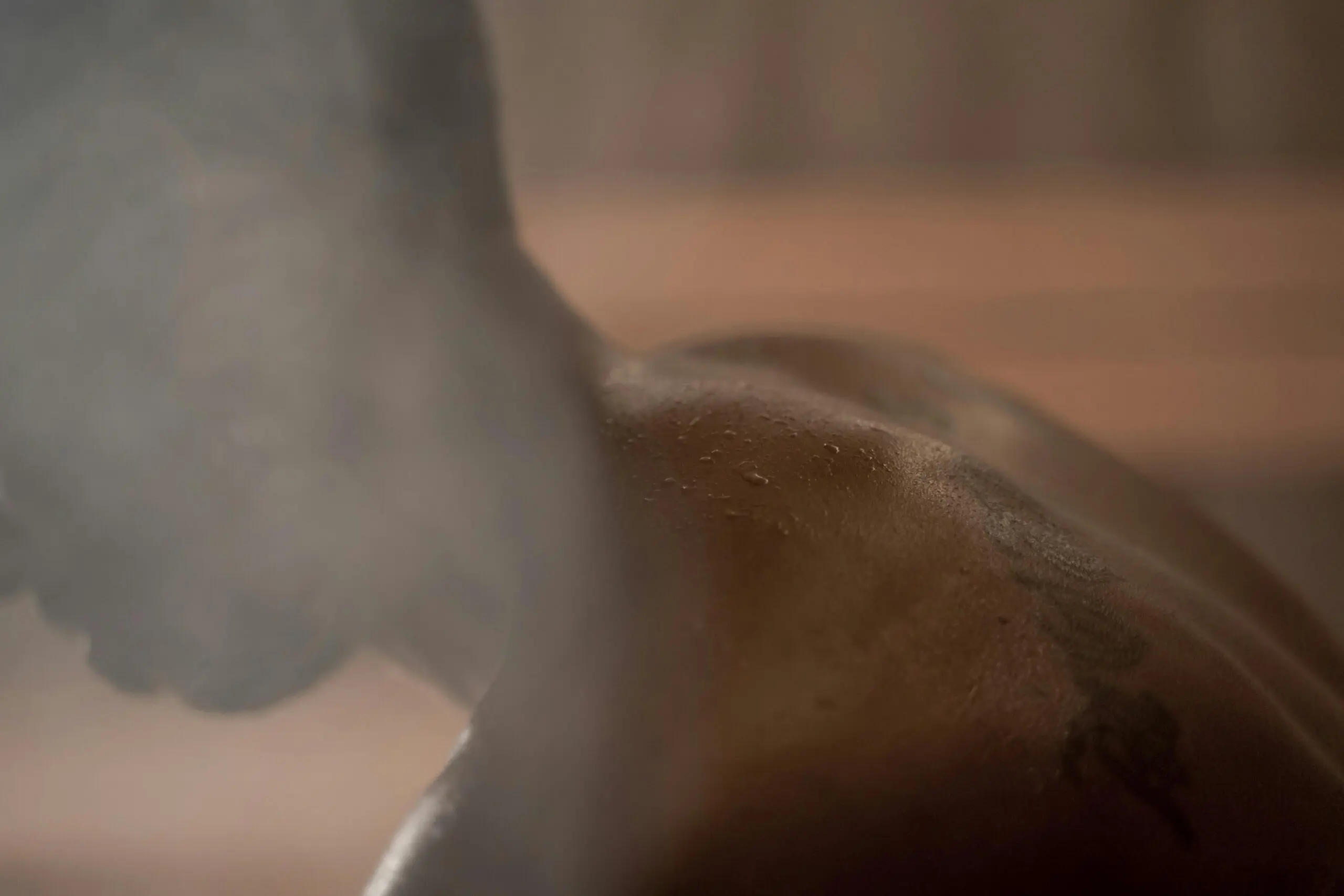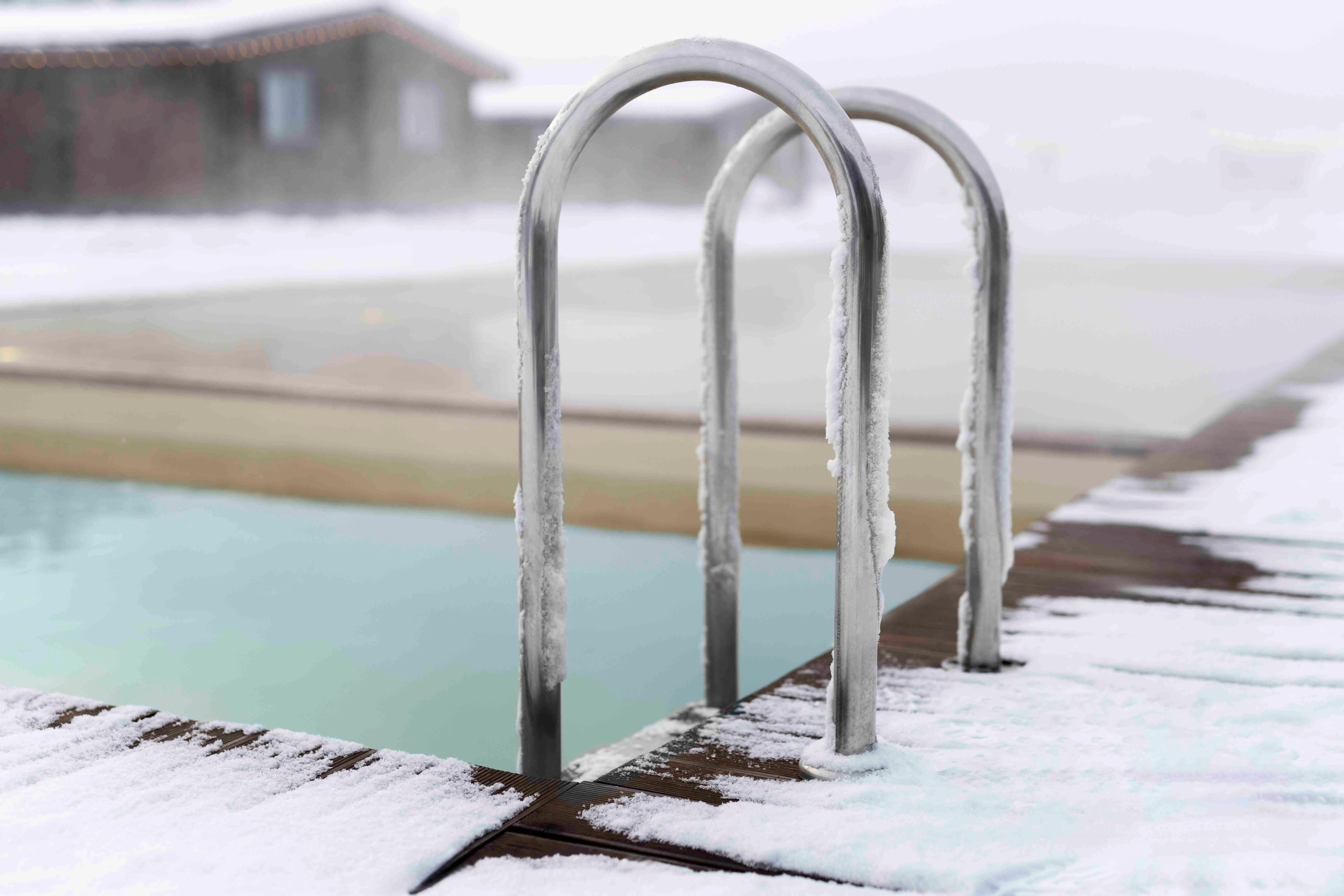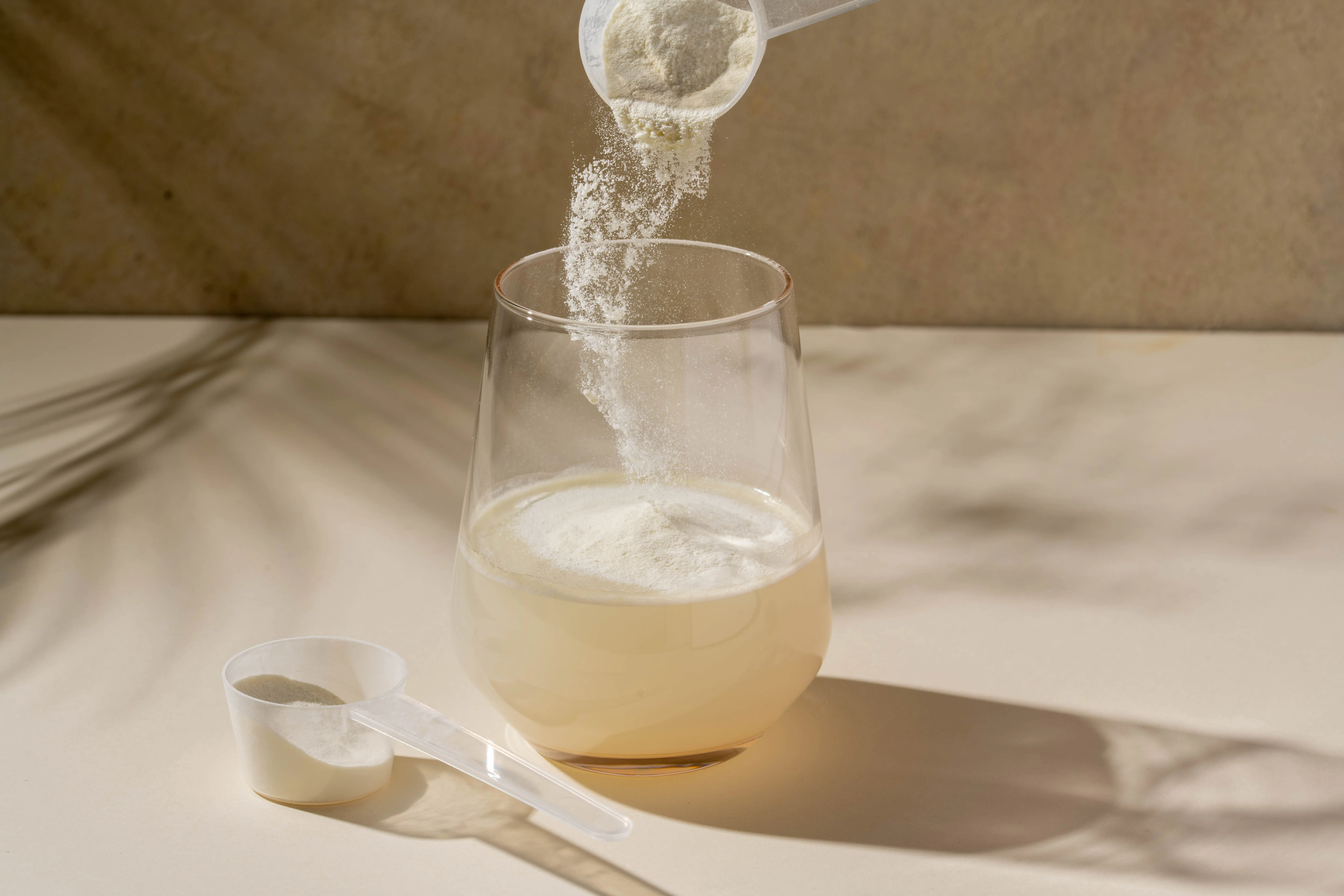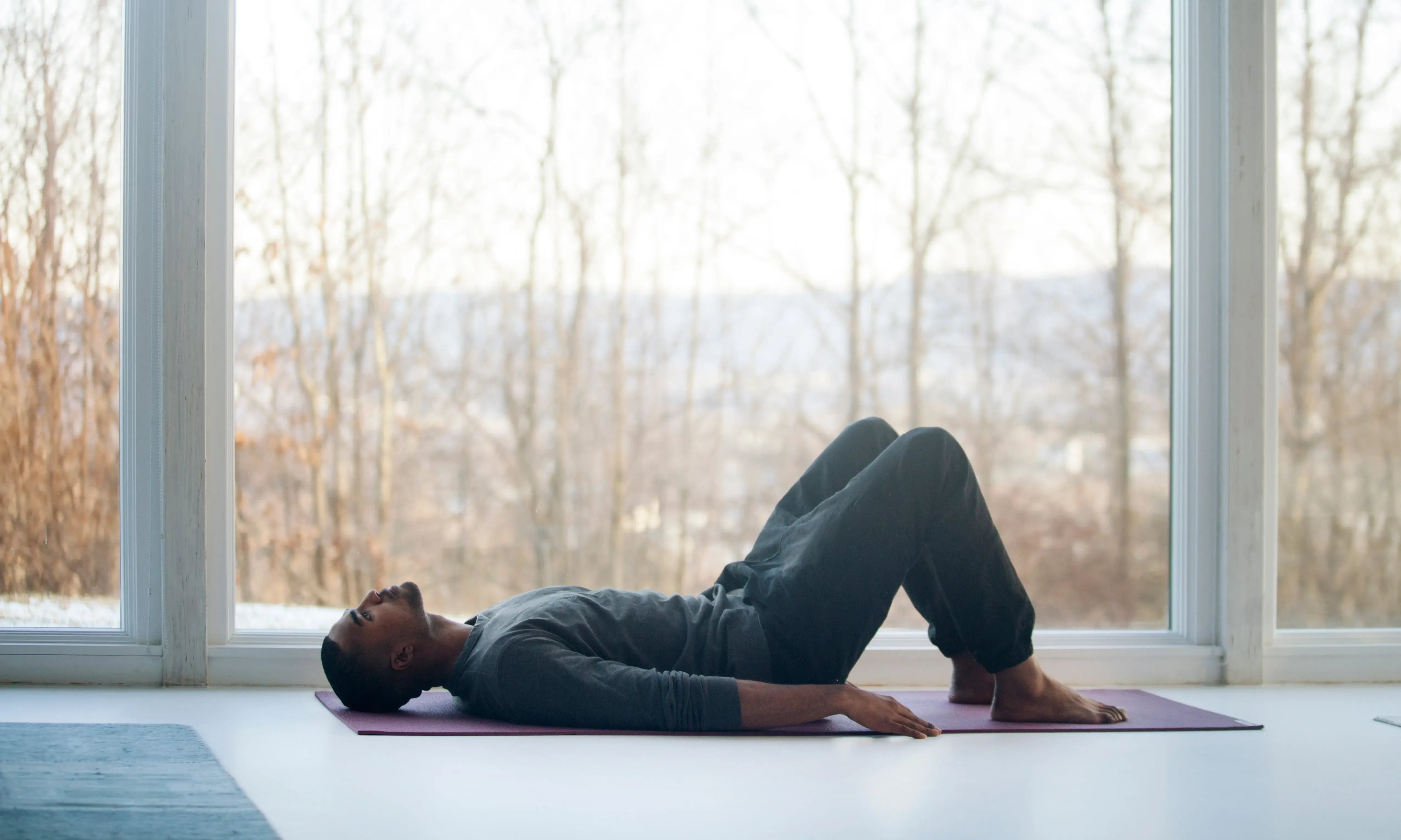When temperatures drop, many long for cozy warmth and a retreat for body and mind. Sauna bathing offers just that: a combination of soothing relaxation and health benefits that prepare the body for the cold season and carry it through the winter.
From strengthening the immune system to improving skin health, sauna bathing is a holistic ritual that promotes well-being and regeneration. But to fully reap the health benefits, there are a few basic rules to follow.
What is the purpose of sauna bathing?
Sauna bathing is much more than a relaxing ritual. Overall, the skin is cleansed, and cell regeneration is stimulated, as the heat encourages sweating and the removal of toxins through the skin. It promotes circulation, reduces stress hormones, and strengthens the cardiovascular system.
At the same time, the alternating warming and cooling of the body supports the immune system , enabling better prevention of colds. Muscle tension also dissolves due to the warmth, which is particularly beneficial after a long day at work or a workout.
Read also: Juliane Diesners Longevity Hacks
The duration of a sauna session should vary between eight and a maximum of 15 minutes.
How to take a sauna?
The classic sauna session is divided into several phases:
- Preparation: Sauna bath one to two hours after a meal, shower warm before the sauna and dry off, as dry skin sweats faster.
